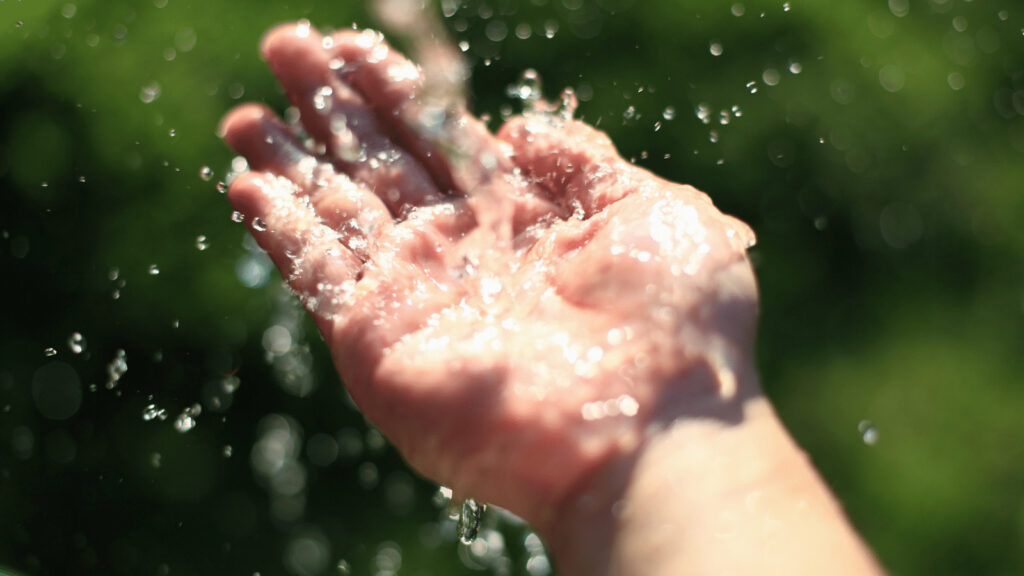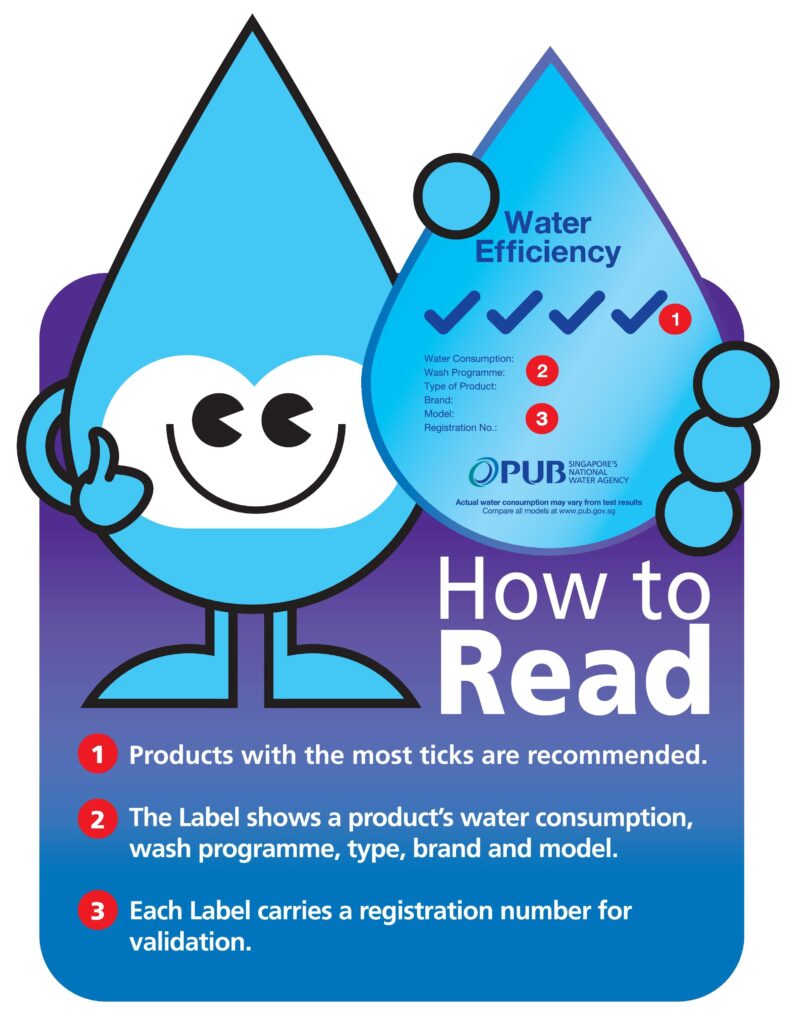What a person can do to value water & enable change
There are a few simple things you can do at home to ease the burden on your local water supply and global water crisis, while save money in the process :
1. Shop Sustainably
A good pair of jeans is a closet staple, but did you know that on average, it takes 1,500 liners (about 396 gallons) of water to produce a single pair of jeans ?!
On the top of that, most denim brands use harsh chemicals during the dying and finishing processes which end up in the waterway systems. From the pesticides and insecticide used to grow cotton to the massive amounts of water, energy and chemicals used to provide materials and turn them into denim. Denims is one of the least eco-friendly clothing items to produce.
Buying sustainably sourced products can have a huge environmental impact
2. Learn about water management in your city
Did you know that our growing global populations means demand will exceed global water supply by the year 2024 unless we act ? Changing climate also means less reliable rainfall and more extreme weather, including drought. Learning about water management in our community / city also means value of water as precious resources and set up good habits for life.
If you live in Singapore, you can also conduct a home water audit Singapore’s National Water Agency Water saving Habits and Singapore Green Plan 2030 here . Similarly, the ‘Jal Shakti Abhiyan: Catch the Rain’ campaign has been launched in India, aiming to conserve water through a participatory approach – encouraging rainwater harvesting.
3. Line Up The Stars / Ticks
If you are looking to buy an appliance that uses water, such as a clothes washer or dishwasher, consider choosing one that uses less water. Look for water efficiency label, most countries use The mandatory Water Efficiency labelling Scheme (WELS). WELS is a rating system used to reflect the water efficiency of a product. Only two, three and four-tick WELS rated washing machines are allowed to be sold in Singapore from April 1, 2017.
WELS provides information on a product’s water consumption and efficiency to help you choose products that use less water. Water efficiency labels display two main pieces of information:
1. The star rating shows you how efficient the product is compared to others. The more stars, the more water efficient.
2. The water consumption or water flow figure tells you how much water the product uses. All water efficient labels have a water consumption or flow figure in:
- litres per minute (for showers or taps)
- litres per wash (for clothes washing machines and dishwashers)
- litres per flush (for lavatories or urinals).
More stars / ticks = more water savings. Four ticks on a washing machine means it uses 6 litres of water or less per kg of washing. A three-tick machine uses 6 to 9 litres of water. For taps and mixers, the ticks indicate the flow rate of water per minute.
Water efficiency labels are only displayed on new products, not second-hand products.Labels (or a text alternative) must be displayed at the point of sale (either physically displayed in the store, or available online for internet shopping). In Singapore, only two, three and four-tick WELS rated washing machines are allowed to be sold for public and commercial used.
4. Dusk or Dawn : Water Your Garden Before 10 am or After 3 Pm
Watering plants in the early morning(before 10 am) or evening (after 3 pm) to reduce evaporation saves up to 25 gallons each time. If you choose to use sprinklers for your backyard / lawn, make up to install a smart sprinkler controller that adjust watering based on weather. This smart device can save up to 40 gallons a day.
Similarly, you can also use broom instead of hose to clean your driveways, sidewalks or lawn saves up to 150 gallons each time.
5. Fix The Drip
A faucet that drips at the rate of one drop per second will waste 2,700 gallons per ye; while a leaky toilet can waste 200 gallons a day.
The problem is huge, but it is not unsolvable. We can solve this crisis in our lifetime, and we expect to. Because water conservation counts!
Also Read :



